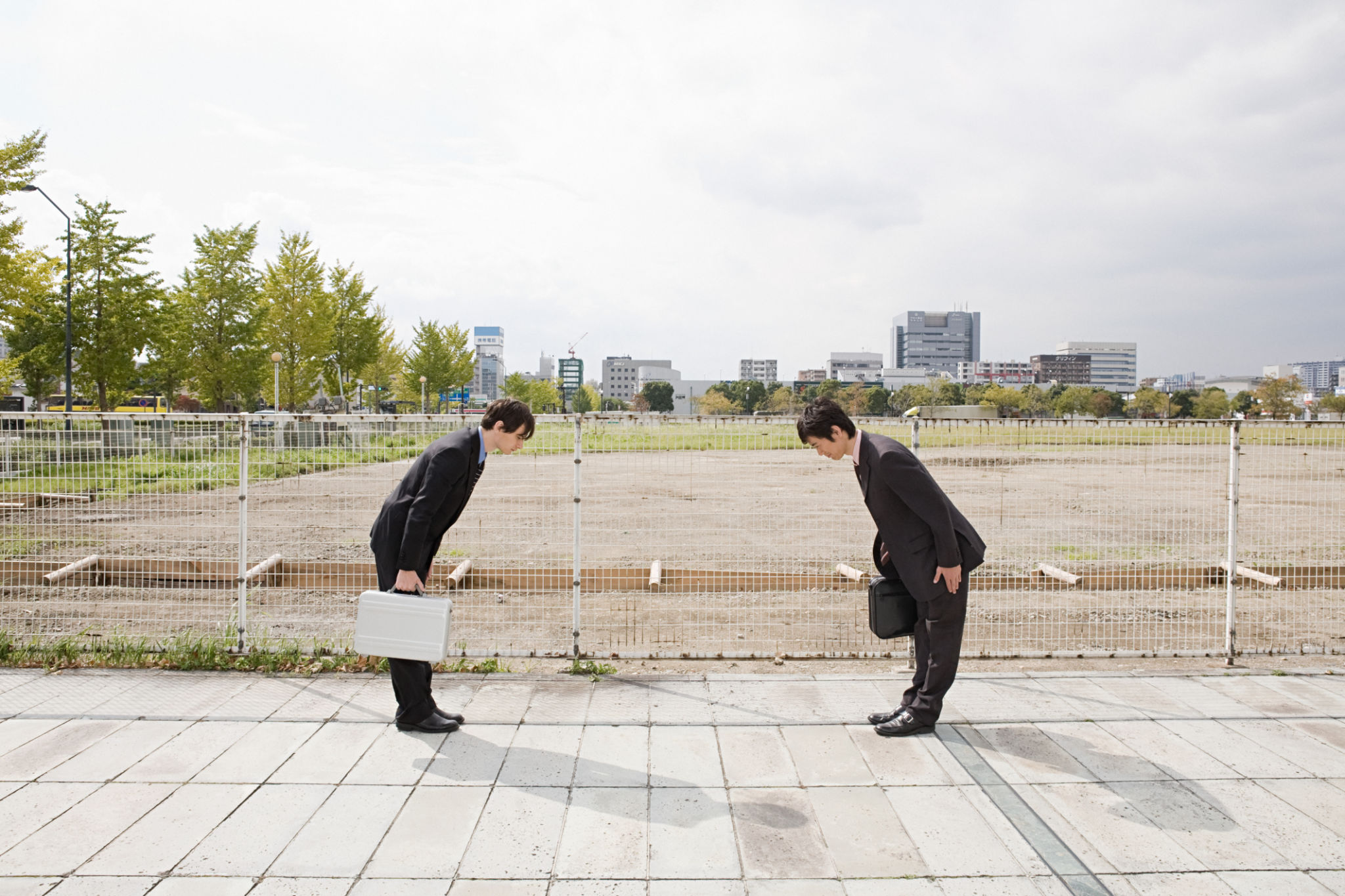Understanding the Cost of Residential Construction in the Philippines
Factors Influencing Construction Costs
Understanding the cost of residential construction in the Philippines involves various factors that can significantly affect the overall budget. These include the location of the property, the type of materials used, labor costs, and the complexity of the design. In urban areas like Metro Manila, construction costs are generally higher due to increased demand and limited space.

Another factor is the type of construction method employed. For instance, traditional methods may be more time-consuming and labor-intensive, leading to higher costs. On the other hand, prefabricated materials and modern building techniques can potentially reduce expenses and speed up construction time.
Material Costs
The choice of materials plays a crucial role in determining construction costs. Prices can vary widely depending on whether local or imported materials are used. For cost-effectiveness, many opt for locally sourced materials, which are often less expensive and readily available.

However, some homeowners prefer imported materials for their perceived quality and durability, which can drive up costs. It's essential to strike a balance between cost and quality to ensure a durable and aesthetically pleasing home.
Labor and Professional Fees
Labor is another significant component of residential construction costs. Skilled labor is often in high demand, particularly in more developed regions. Hiring experienced workers might come with a higher price tag but ensures quality workmanship and adherence to safety standards.

In addition to labor, professional fees for architects, engineers, and project managers must be considered. These professionals provide essential services that ensure the project is completed efficiently and in compliance with relevant regulations.
Permits and Other Regulatory Costs
Before commencing any construction project in the Philippines, obtaining the necessary permits is crucial. These include building permits, electrical permits, and other regulatory requirements that ensure the construction adheres to local laws and standards.
The cost of permits can vary depending on the project's size and location. Failure to secure these permits can result in fines or even halting of the construction process, making it an unavoidable expense for any residential project.
Hidden Costs and Contingencies
Finally, it's important to account for hidden costs and contingencies. These may include unforeseen expenses related to site conditions, weather delays, or changes in material prices. Setting aside a contingency fund is a wise strategy to manage unexpected financial surprises during construction.
By understanding these various elements, homeowners can better plan their budgets and make informed decisions about their residential construction projects in the Philippines. Proper planning and consultation with professionals can help ensure that the project is completed successfully within budget.
